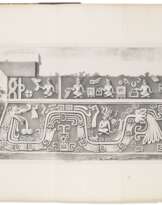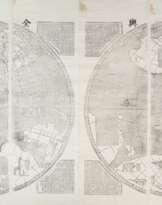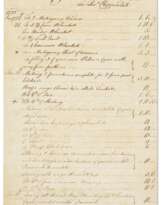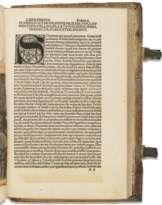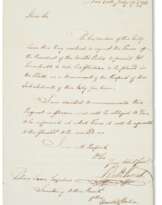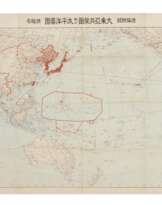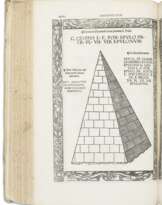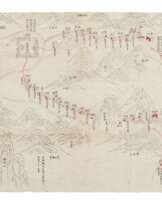ID 627688
Lot 197 | On a rebellion against Santa Ana in Santa Fe
Estimate value
$ 4 000 – 6 000
Six pages, bifolium and a single sheet, 210 x 150mm. With an autograph note apparently in the hand of the recipient on page 4.
Possibly the earliest extant report on interest within New Mexico favoring annexation to the United States. A lengthy report by Cortina, a Mexican-born academic in Madrid, who had apparently recently returned from a trip to Mexico on the current political situation in Mexico, replete with dispatches he composed in September and October 1837. The recipient, Marcos de Rada, was a prominent merchant in Mexico, but moved to Spain most likely after independence. Of particular interest in this lengthy report are his observations on the rebellion in New Mexico in 1837, spurred by Texas independence the previous year as well as Santa Ana's aggressive taxation policies. He writes, in part: "We continue with some peace, but in a few days here because of the general discontent that there is, the voice has spread that there may be a change, either because of the dictatorship or because of a convention. When they speak of dictatorship, it is understood that it is that of [Anastasio] Bustamante, the current president. But any party will bring us incalculable evils, even if it is only for the reason that General [Antonio López de] Santa-Ana will take advantage of this, who today is humiliated for sticking his head out and fighting. It has just happened in Santa Fe of New Mexico that those inhabitants have put to the knife all their political and military authorities in the number of eight people and have sent a commissioner to Washington asking to be incorporated into the Anglo-Americans. There is a general misery." The Republic of Texas had claimed Santa Fe as part of its territory, finally mounting an expedition against the town in 1841. In 1848, following the Mexican-American War, the territory would become part of the United States.
| Artist: | William Shakespeare (1564 - 1616) |
|---|---|
| Applied technique: | Pencil |
| Artist: | William Shakespeare (1564 - 1616) |
|---|---|
| Applied technique: | Pencil |
| Address of auction |
CHRISTIE'S 8 King Street, St. James's SW1Y 6QT London United Kingdom | |
|---|---|---|
| Preview |
| |
| Phone | +44 (0)20 7839 9060 | |
| Buyer Premium | see on Website | |
| Conditions of purchase | Conditions of purchase |



